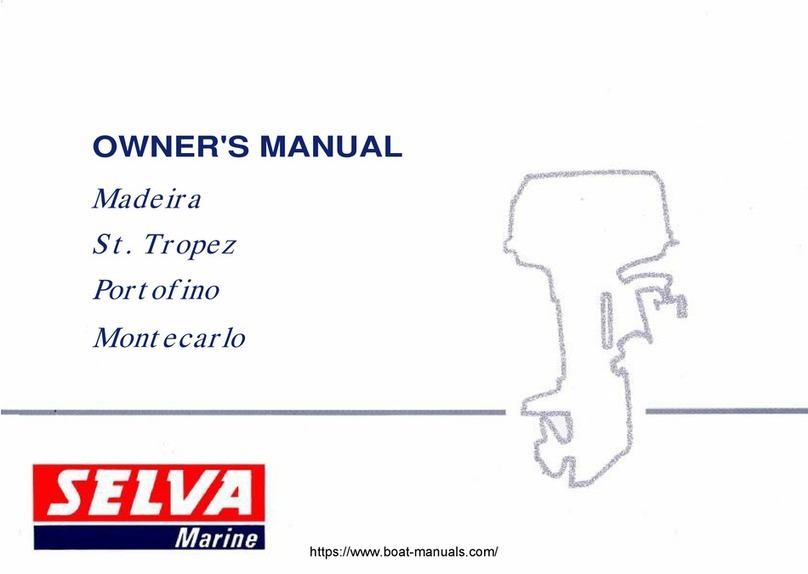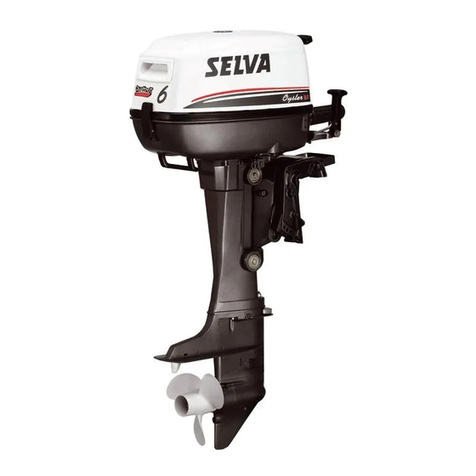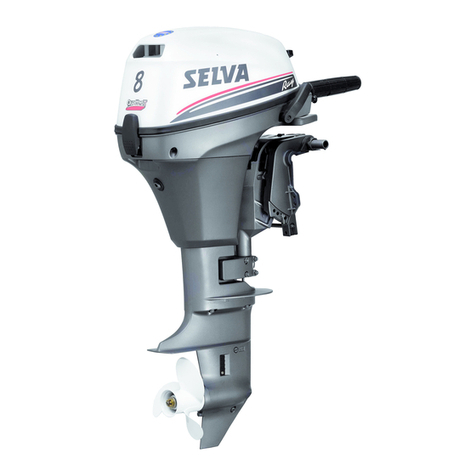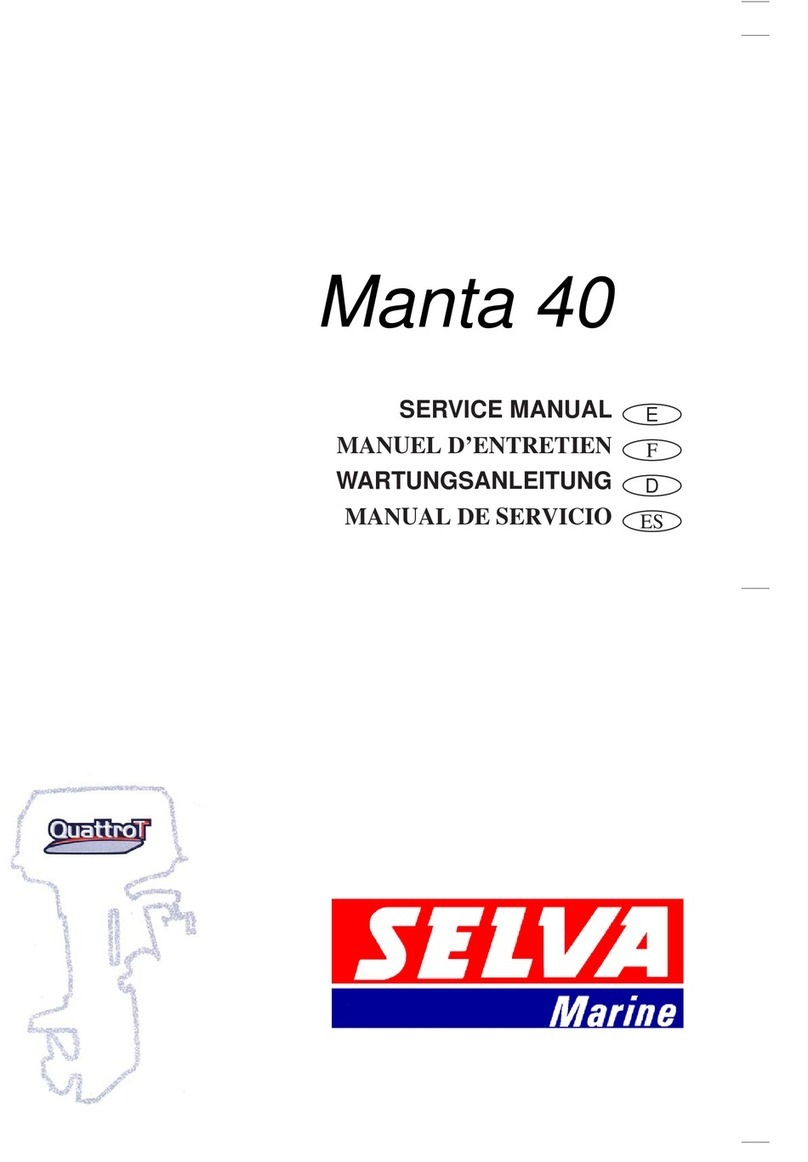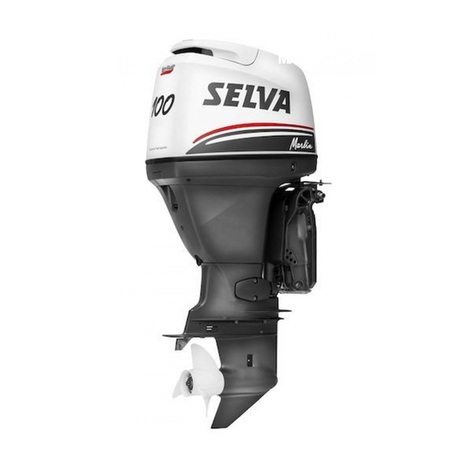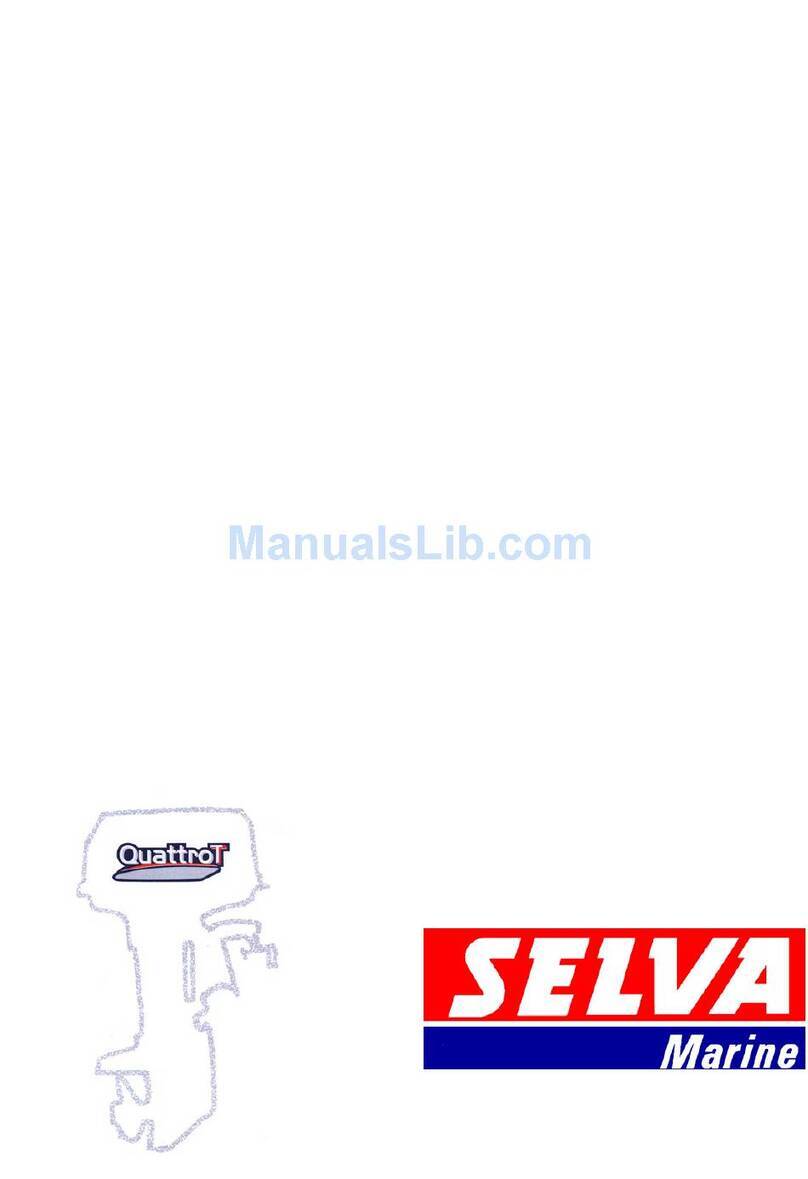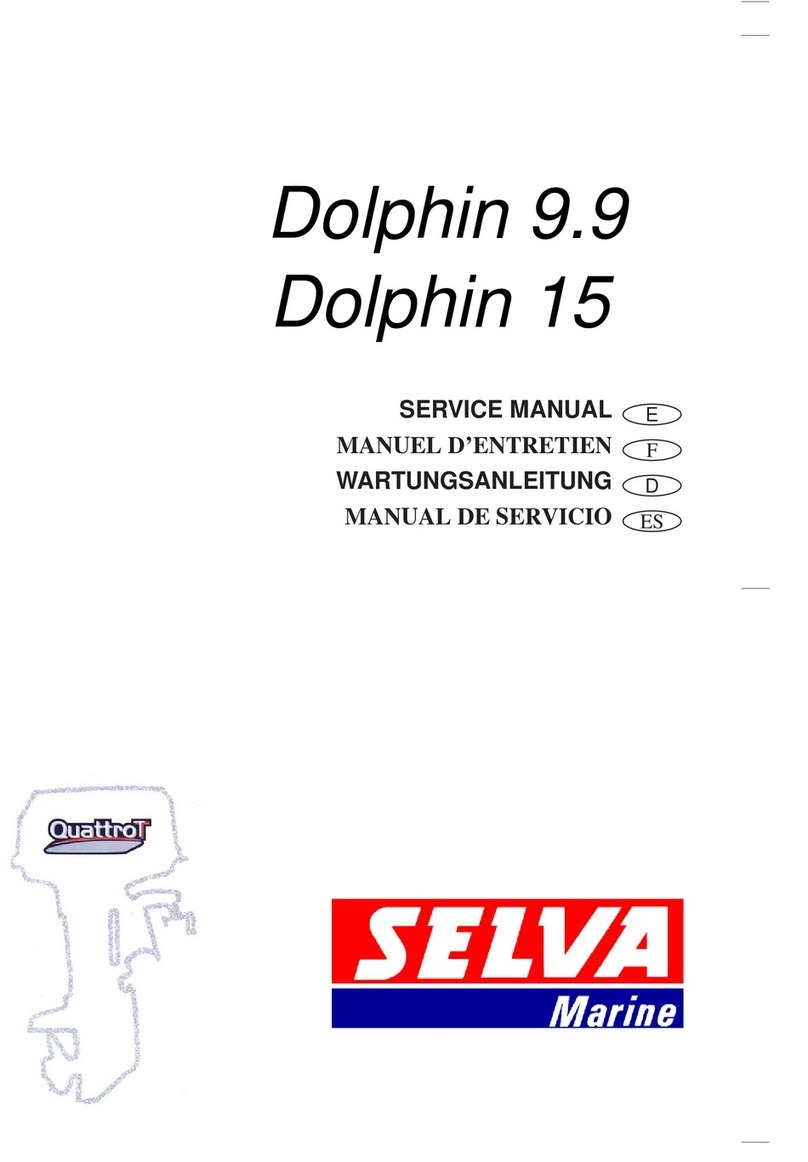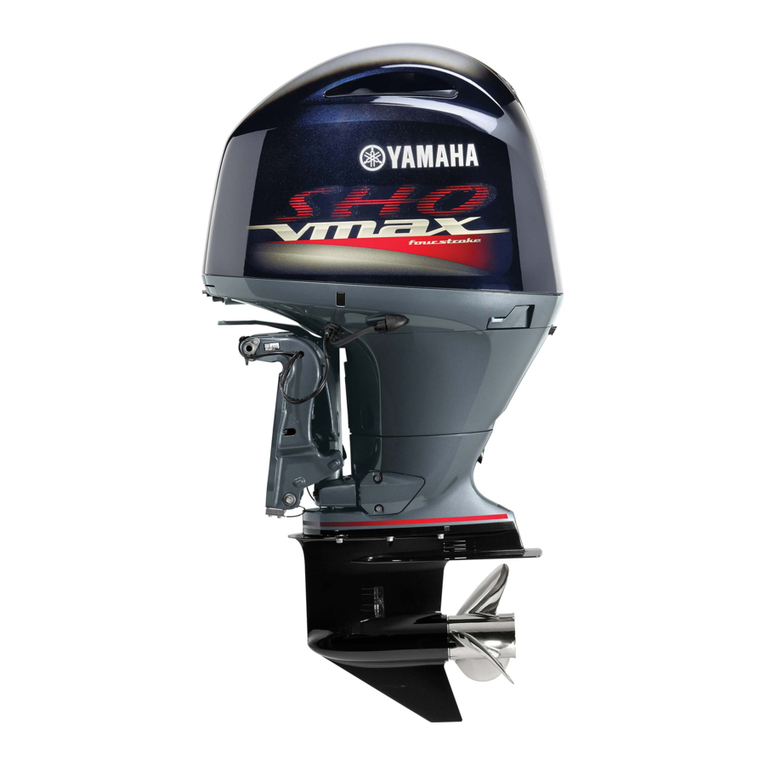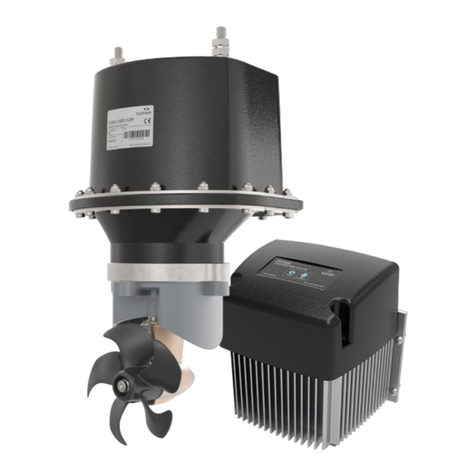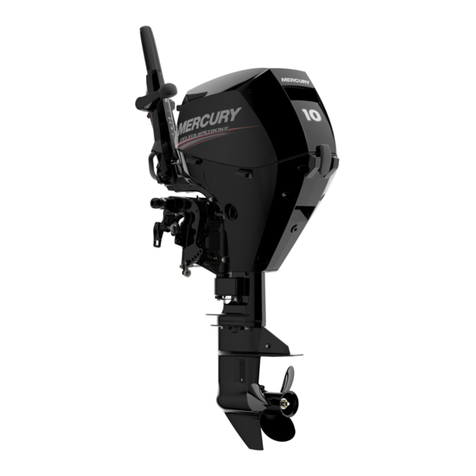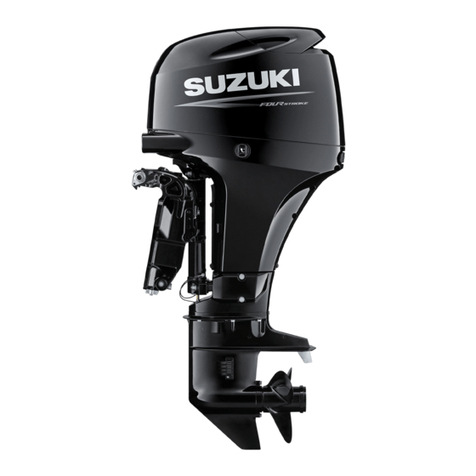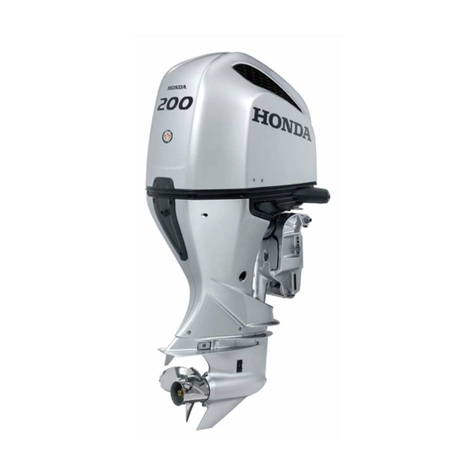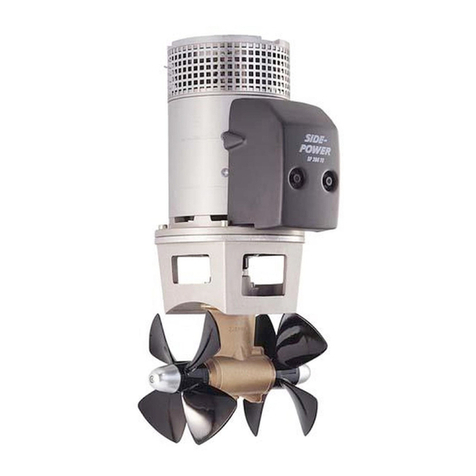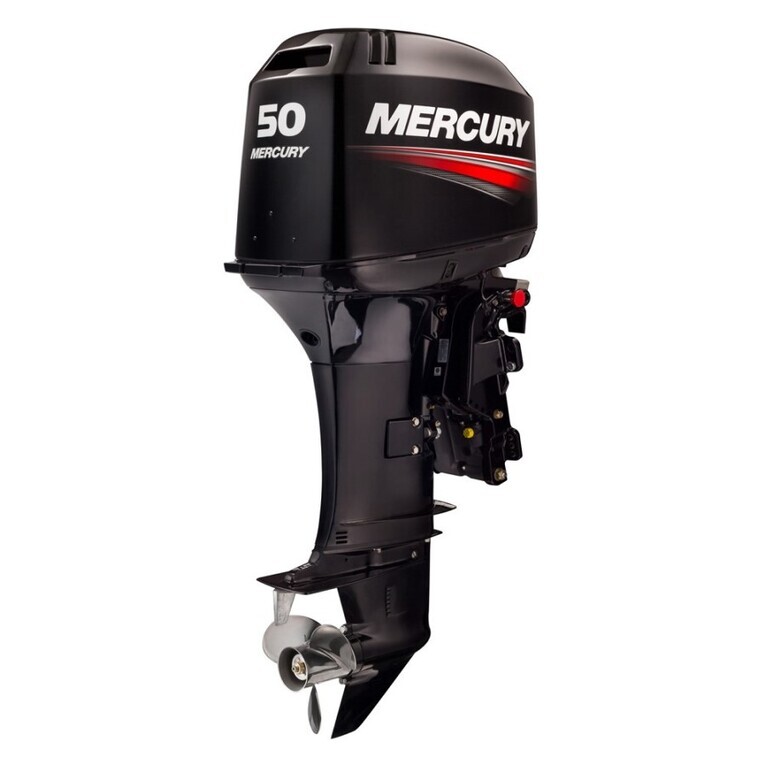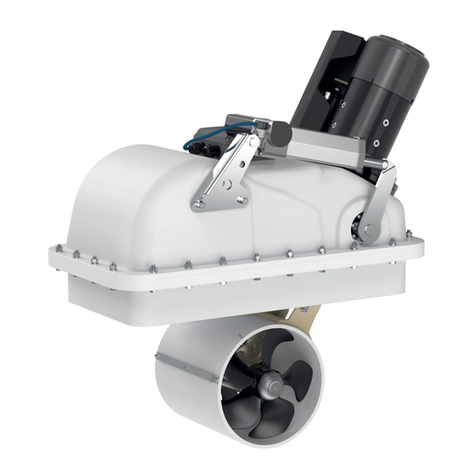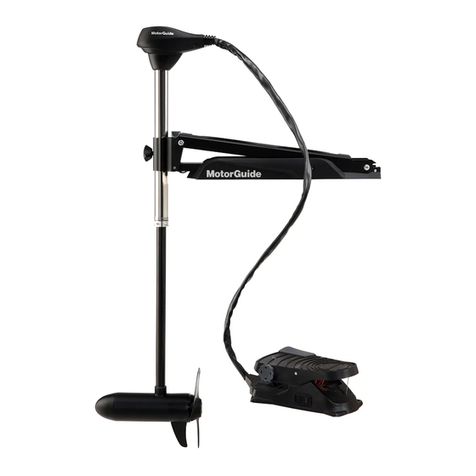4
CONTENTS
GENERAL INFORMATION ............................................1
Introduction ....................................................................2
Outboard motor identification data.................................3
Serial number record .....................................................3
Directions for use. Basic safety measures.....................5
Specifications.................................................................8
Location of main components........................................9
Control functions ...........................................................10
Wiring diagram..............................................................11
Symbols ........................................................................11
THE USE OF OUTBOARD MOTOR..............................12
Preliminary controls chart ............................................12
Check of the supply ......................................................13
Outboard motor mounting.............................................13
Trim angle adjusting......................................................14
Fuel...............................................................................15
Fuel ...............................................................................15
Preparation of the fuel...................................................15
Starting ........................................................................16
Verifications before starting the motor ..........................16
Starting procedures.......................................................16
Verifications when the motor is on................................16
Running-in procedure ................................................16
Stopping procedure....................................................17
Emergency stopping procedures ..................................17
Stopping in normal conditions.......................................17
Operating in reverse gear ..........................................17
Removal of the motor from the boat ............................. 17
Cleaning.......................................................................18
Cleaning outside ...........................................................18
Cleaning cooling-water passages.................................18
MAINTENANCE.............................................................18
Introduction ...................................................................18
Periodic inspections and adjustments chart .................19
Greasing chart .............................................................19
Greasing and additions.................................................20
Gearbox-oil change.......................................................20
Spark-plug.....................................................................20
Sacrificial anode............................................................ 21
Replacement of the propeller........................................21
Storage .........................................................................21
TROUBLESHOOTING................................................... 22
Troubleshooting chart ...................................................22
EXPLANATORY PICTURES .........................................25
